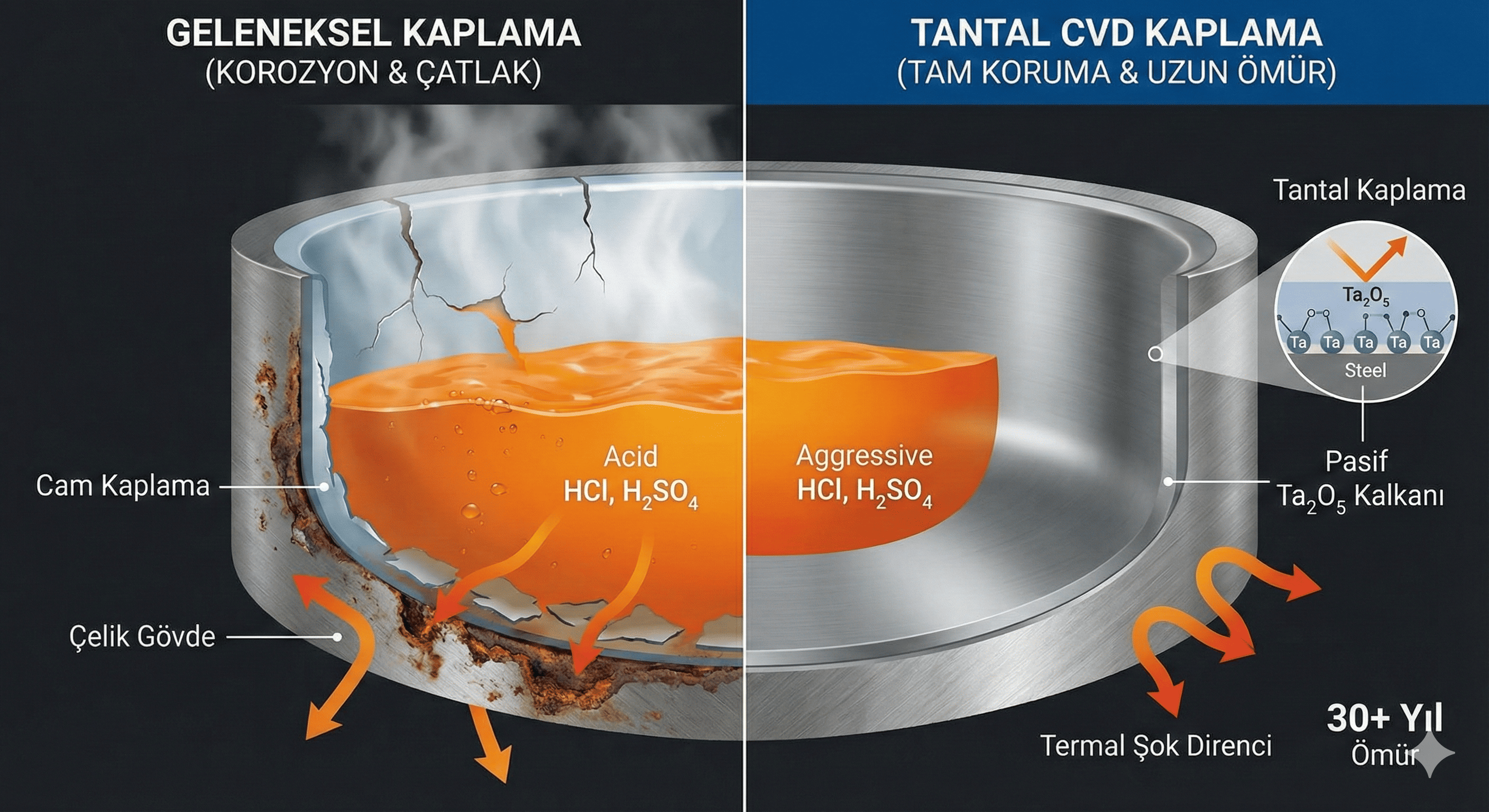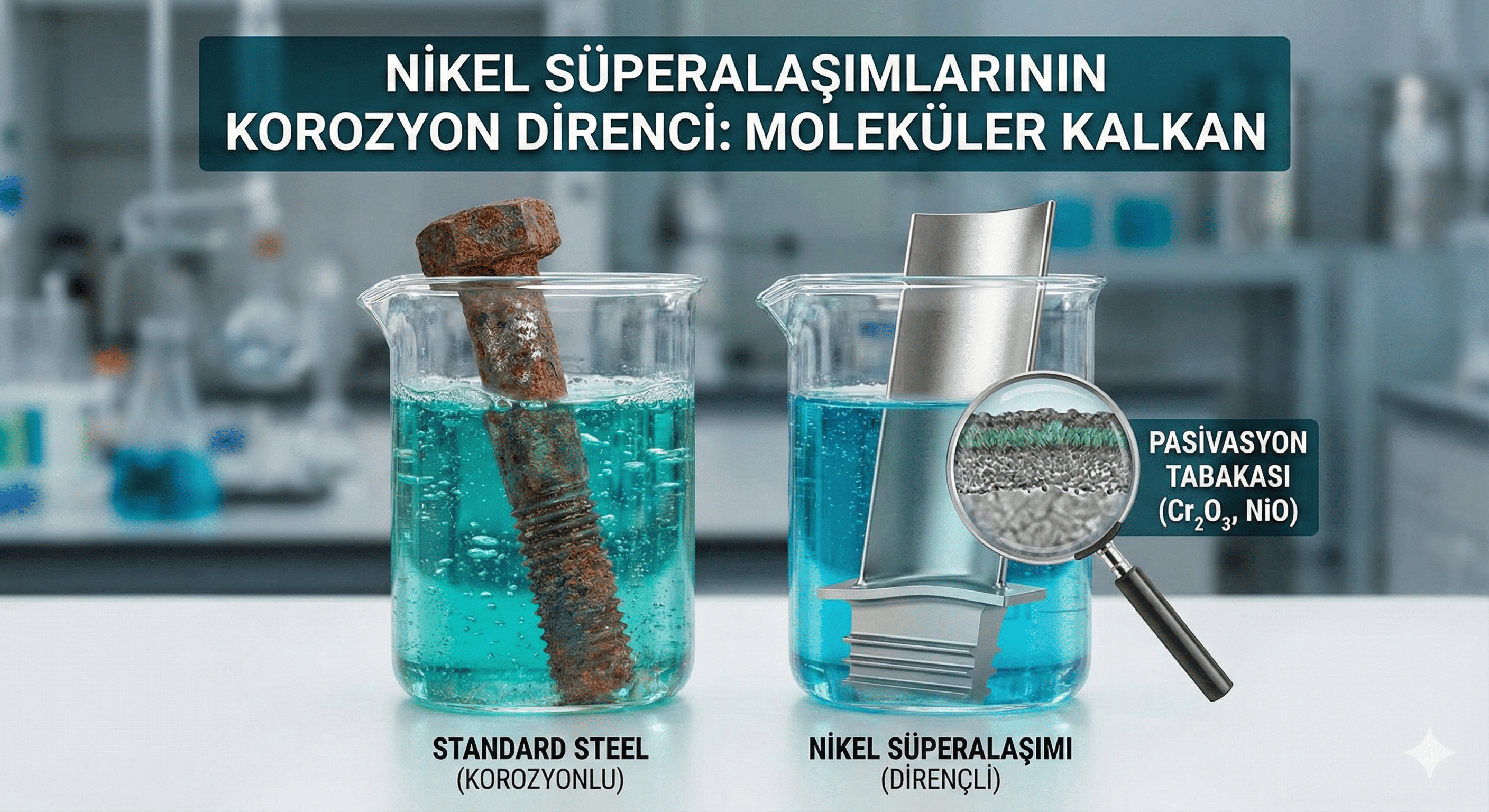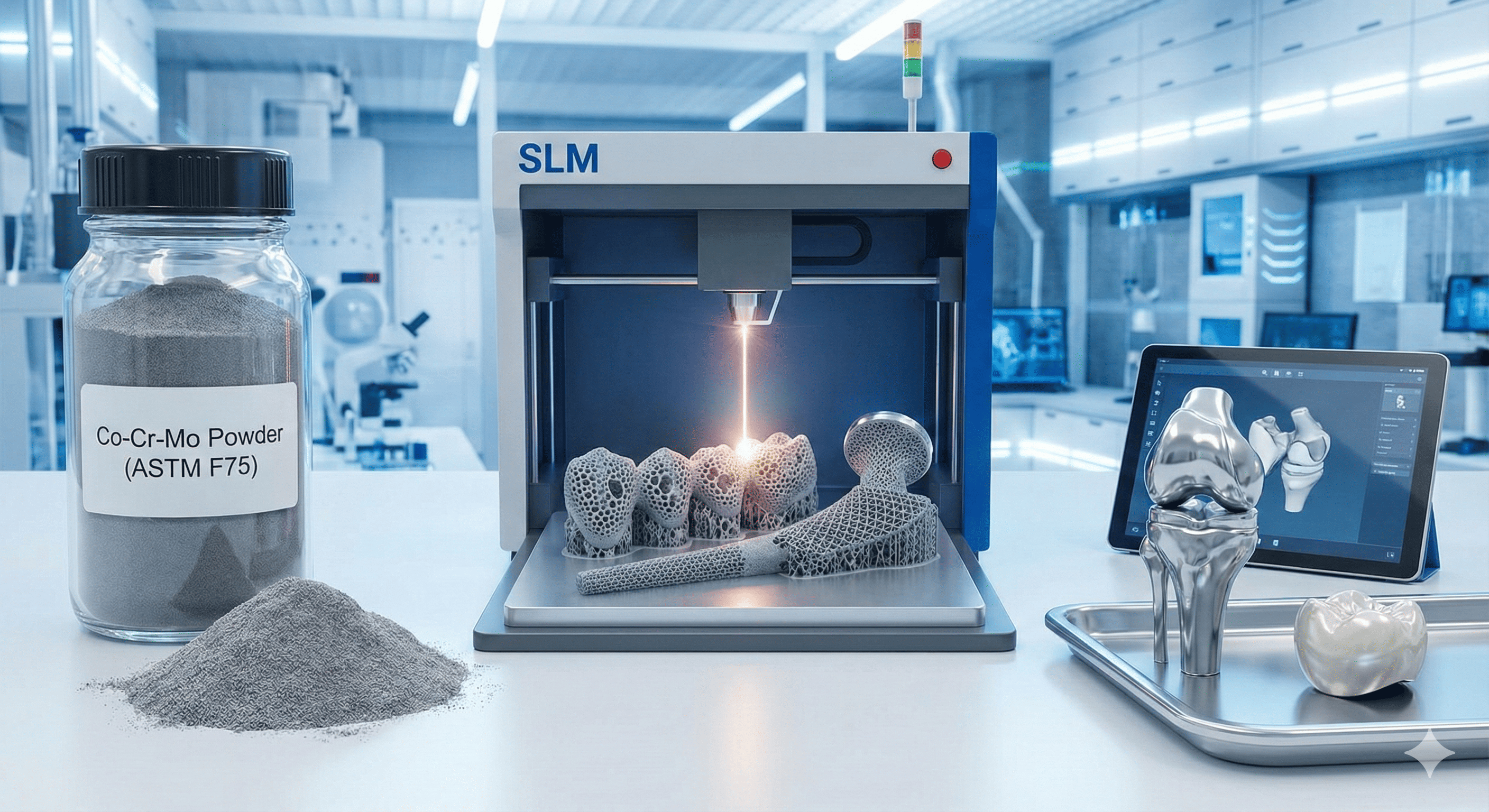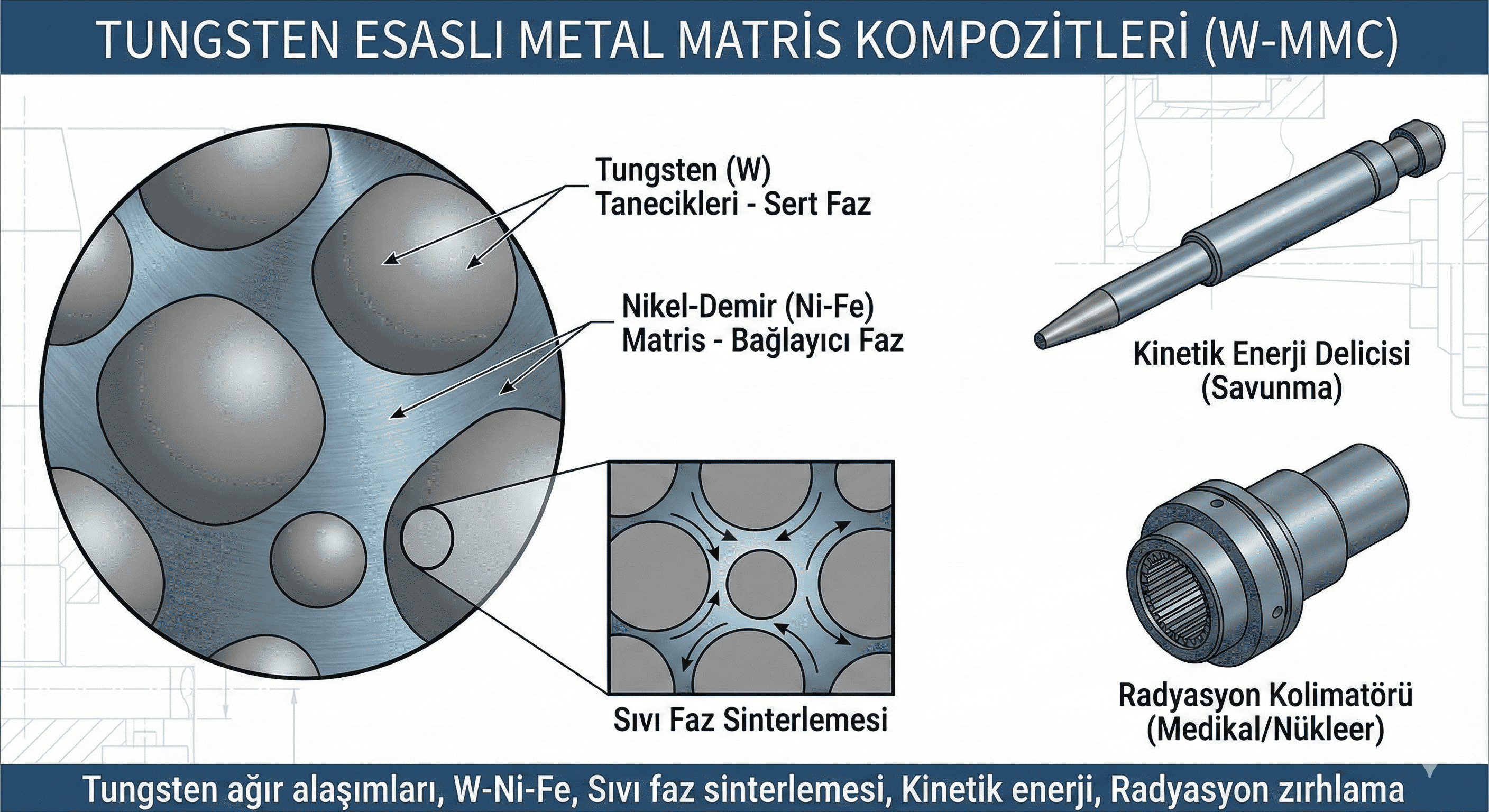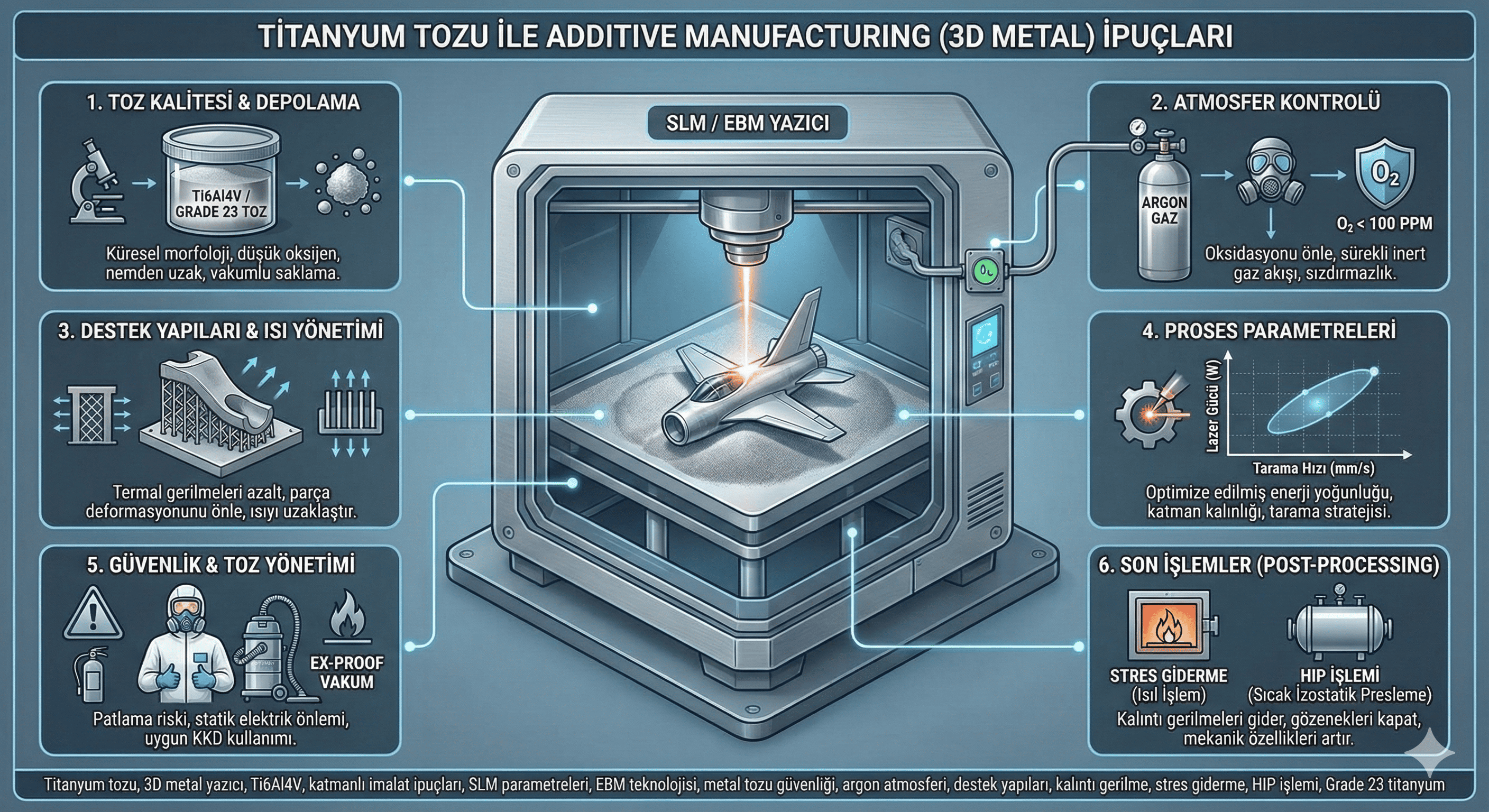Title: Self-Dispersing Platinum Nanoparticles: Synthesis, Properties, and Applications
Abstract:
Self-dispersing platinum nanoparticles (Pt NPs) represent a significant advancement in nanomaterials, combining the catalytic and electronic properties of platinum with enhanced stability and dispersion in various media. This article explores the synthesis methods, properties, and diverse applications of self-dispersing platinum nanoparticles, emphasizing their impact on catalysis, materials science, and environmental technologies.
1. Introduction:
Platinum nanoparticles (Pt NPs) are known for their exceptional catalytic and electronic properties, making them valuable in numerous industrial and research applications. However, their practical use is often limited by issues related to agglomeration and poor dispersion. Self-dispersing platinum nanoparticles address these challenges by incorporating stabilizing agents or modifying the particle surface to prevent aggregation and ensure uniform dispersion in different media.
2. Synthesis Methods:
- Chemical Reduction: One of the most common methods involves the reduction of platinum salts (e.g., platinum(IV) chloride or platinum(II) acetate) using reducing agents in the presence of stabilizers. Stabilizing agents such as surfactants, polymers, or ligands are used to prevent nanoparticle agglomeration and ensure stable dispersion.PtCl42−+reducing agent→Pt NPs+by-products\text{PtCl}_4^{2-} + \text{reducing agent} \rightarrow \text{Pt NPs} + \text{by-products}PtCl42−?+reducing agent→Pt NPs+by-products
- Sol-Gel Method: This technique involves the formation of a gel matrix that encapsulates platinum precursors, which are then reduced to form nanoparticles. The gel matrix acts as a stabilizer, maintaining the dispersion of the nanoparticles.
- Electrochemical Methods: Electrochemical deposition techniques can be used to synthesize platinum nanoparticles on electrode surfaces. Stabilizers are added to the electrolyte to ensure uniform dispersion of the nanoparticles during deposition.
- Seed-Mediated Growth: This method starts with small platinum seeds that serve as nucleation sites for the growth of larger nanoparticles. Stabilizing agents are used to control the growth and dispersion of the nanoparticles during this process.
- Microemulsion Method: Platinum nanoparticles are synthesized within microemulsions, where surfactants create nano-sized droplets that contain the precursor solutions. The surfactants help to stabilize and disperse the nanoparticles within the emulsion.
3. Properties:
- Physical Properties: Self-dispersing platinum nanoparticles typically exhibit a uniform size distribution and high stability in various solvents. They maintain their dispersion due to the presence of stabilizing agents that prevent agglomeration.
- Catalytic Properties: Platinum nanoparticles are highly effective catalysts due to their large surface area and unique electronic properties. The self-dispersing nature of these nanoparticles enhances their catalytic efficiency and stability in various reactions, such as hydrogenation, oxidation, and fuel cell applications.
- Optical Properties: The optical properties of platinum nanoparticles can be tuned based on their size and surface modifications. Self-dispersing platinum nanoparticles often exhibit consistent optical characteristics due to their uniform dispersion.
- Surface Chemistry: The surface of self-dispersing platinum nanoparticles is modified to include functional groups or stabilizing agents that prevent aggregation. This modification can also influence the reactivity and interaction of the nanoparticles with other substances.
4. Applications:
- Catalysis: Self-dispersing platinum nanoparticles are widely used in catalysis for various chemical reactions, including hydrogenation, oxidation, and fuel cell reactions. Their uniform dispersion enhances catalytic activity and selectivity, making them valuable in industrial and environmental applications.
- Materials Science: In materials science, these nanoparticles are used to develop advanced materials with improved properties, such as conductive composites, magnetic materials, and sensors. Their stable dispersion allows for uniform incorporation into different matrices.
- Environmental Technologies: Platinum nanoparticles are employed in environmental technologies for pollution control and remediation. Their enhanced dispersion and catalytic properties enable efficient degradation of pollutants and conversion of harmful substances.
- Electronics: In electronics, self-dispersing platinum nanoparticles are used in the fabrication of electronic devices, including sensors and conductive inks. Their stable dispersion contributes to the reliability and performance of electronic components.
- Medicine: Platinum nanoparticles are explored for use in biomedical applications, such as imaging and drug delivery. The self-dispersing nature of these nanoparticles improves their distribution and efficacy in therapeutic applications.
5. Challenges and Future Directions:
Challenges in the field include optimizing the synthesis methods to achieve uniform particle sizes and stable dispersion, as well as addressing the cost and scalability of production. Future research is focused on developing new stabilizing agents, exploring novel synthesis methods, and expanding the applications of self-dispersing platinum nanoparticles in emerging technologies.
6. Safety and Handling:
- Safety Precautions: Handling platinum nanoparticles requires safety measures to prevent exposure and potential health risks. Proper protective equipment, such as gloves and masks, should be used. Nanoparticles should be handled in controlled environments to avoid inhalation or ingestion.
- Environmental Considerations: The disposal of platinum nanoparticles should be managed according to environmental regulations to prevent contamination. Research into the environmental impact and long-term stability of these nanoparticles is ongoing.
7. Conclusion:
Self-dispersing platinum nanoparticles represent a significant advancement in nanomaterials, offering enhanced stability and uniform dispersion in various media. Their exceptional catalytic, optical, and electronic properties make them valuable for a wide range of applications. Continued research and development will further optimize their synthesis, improve safety protocols, and expand their use in cutting-edge technologies.
This article provides a comprehensive overview of self-dispersing platinum nanoparticles, including their synthesis methods, properties, and applications. If you need further details or additional sections, feel free to ask!

